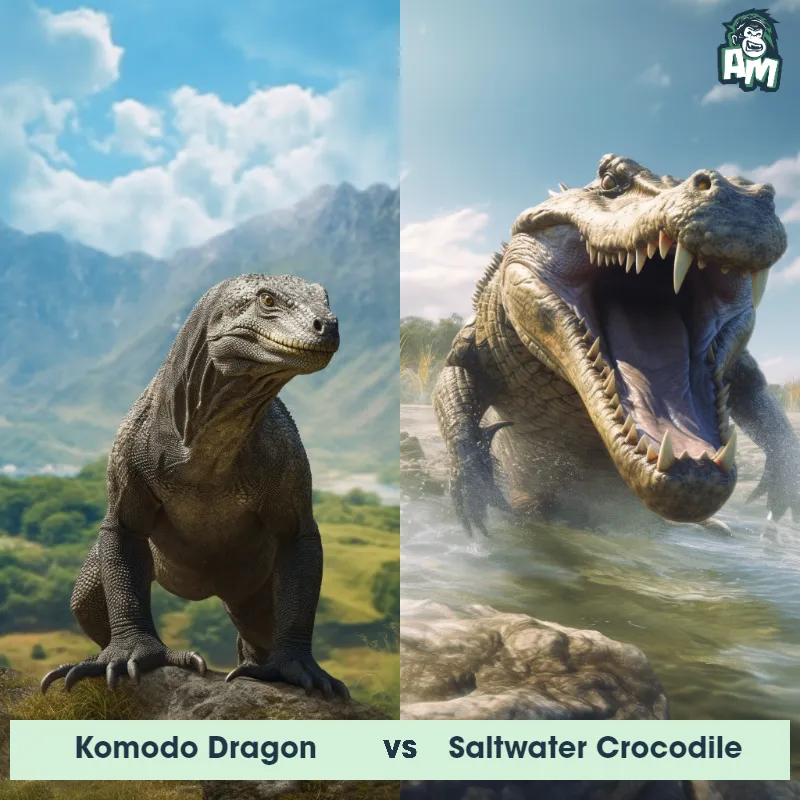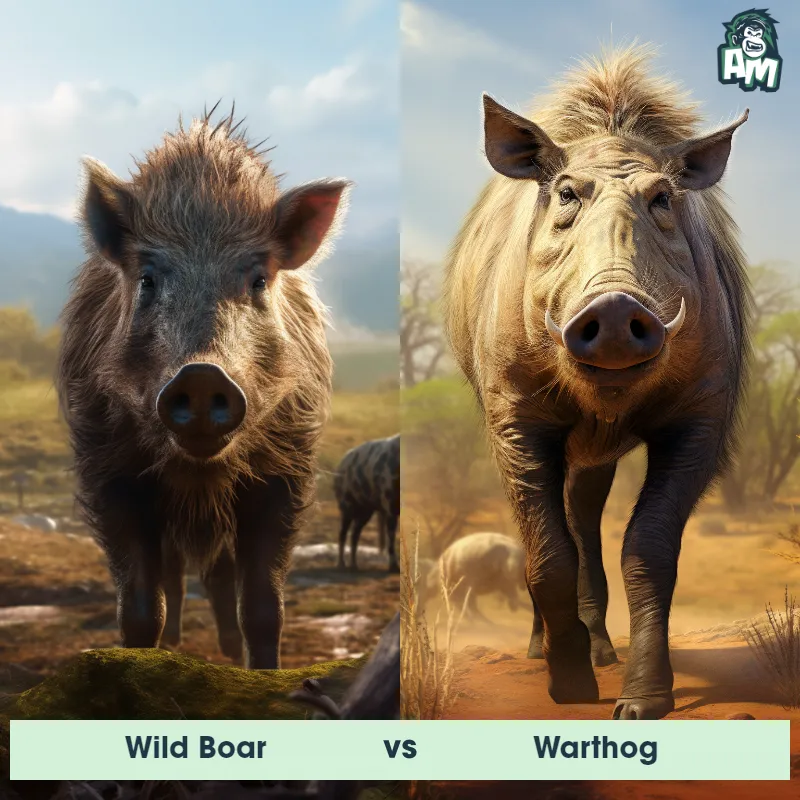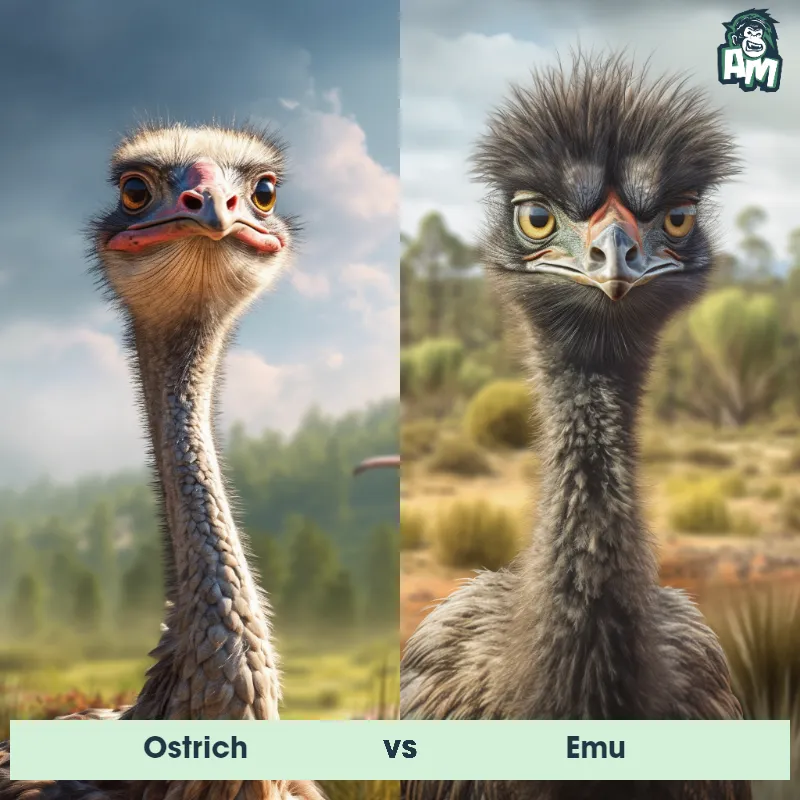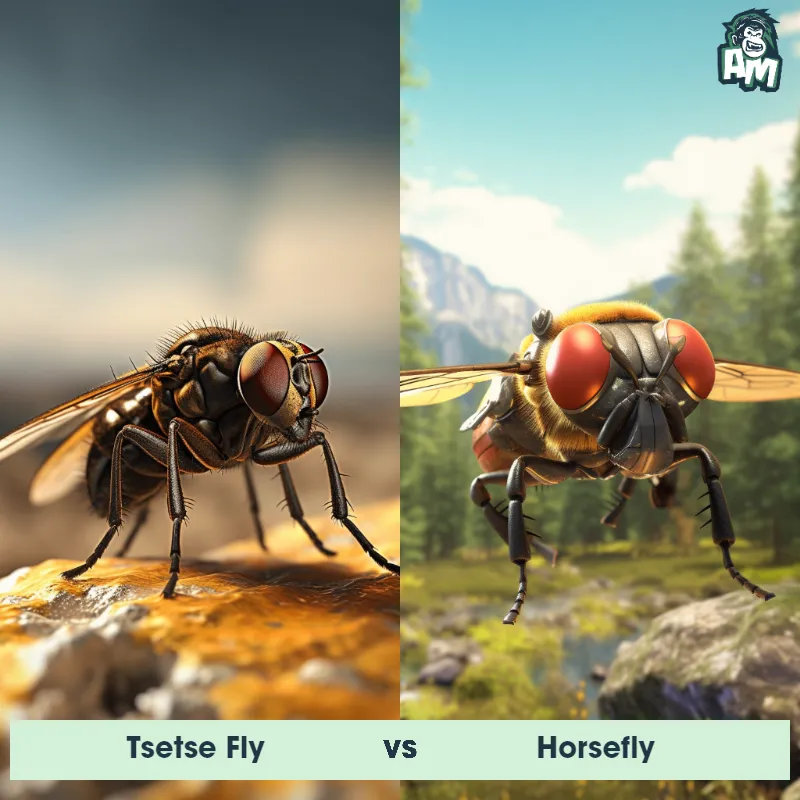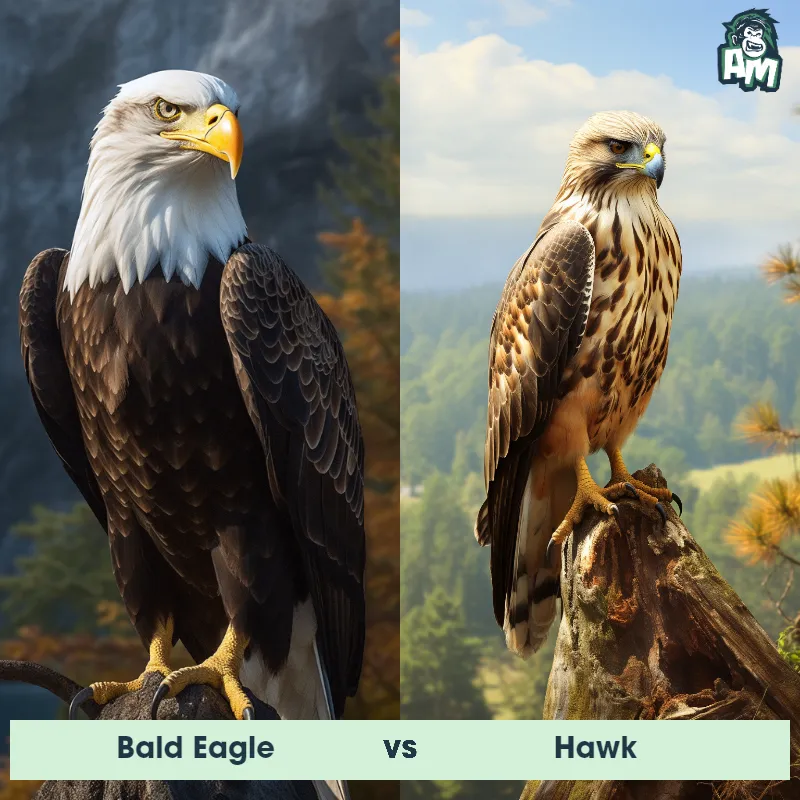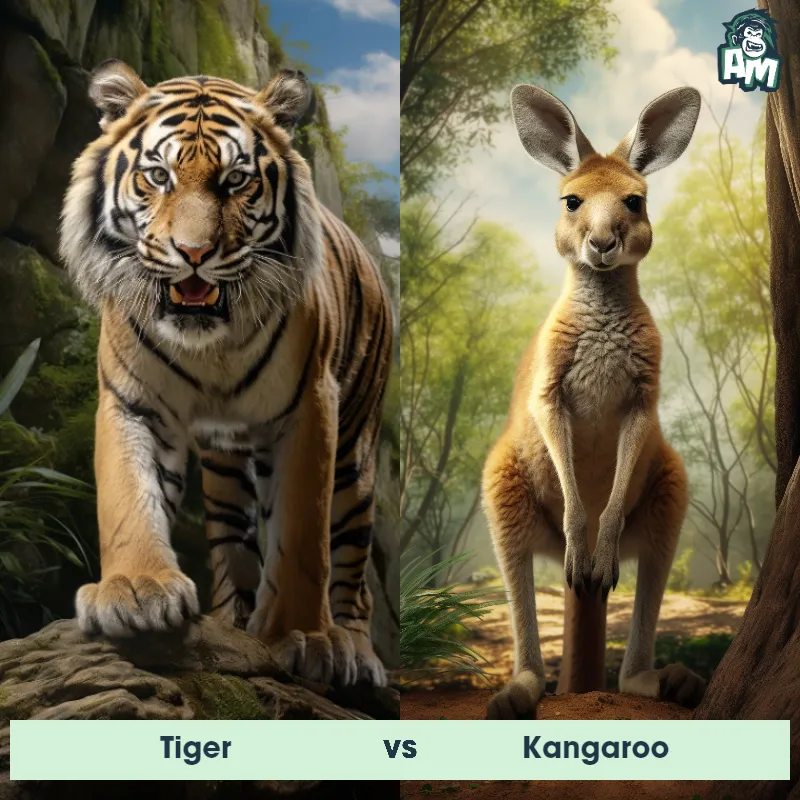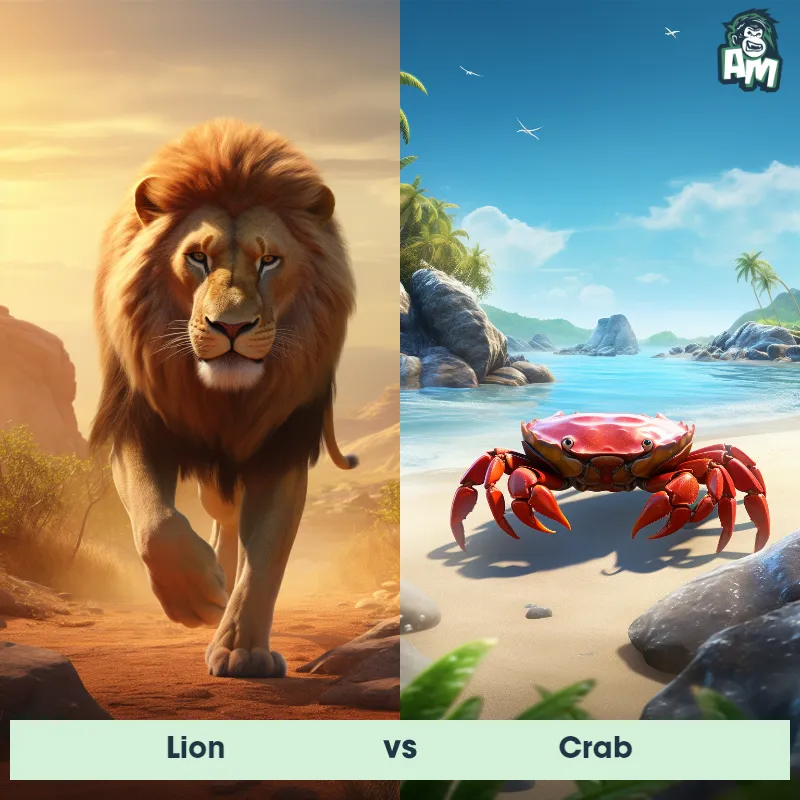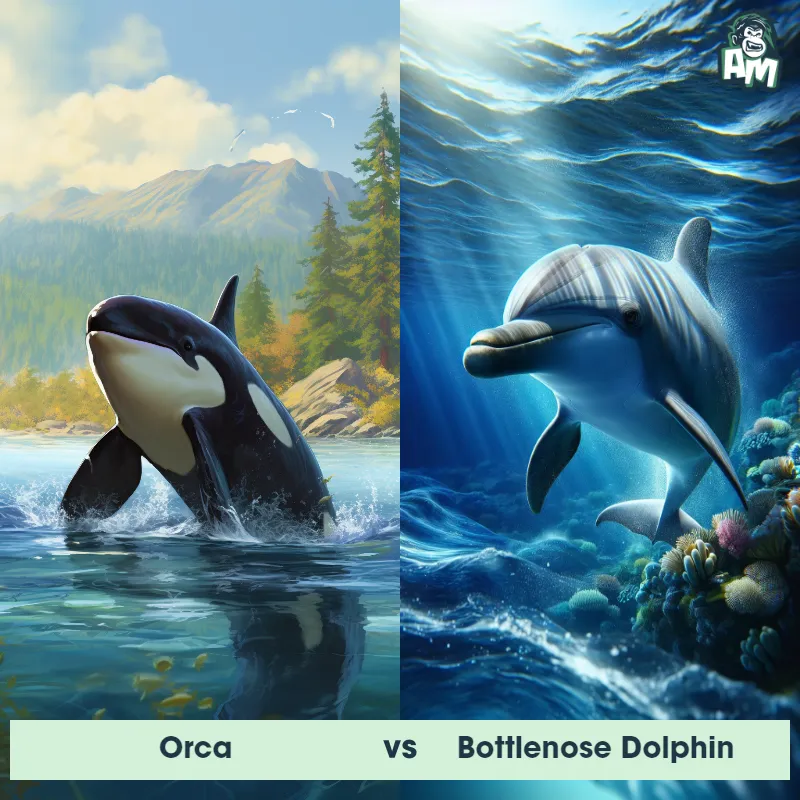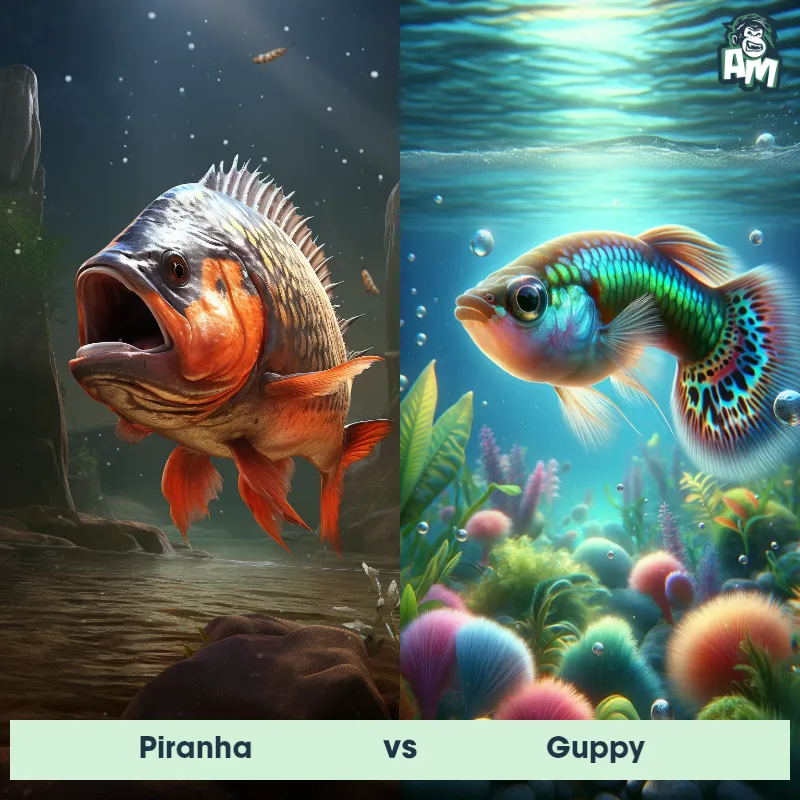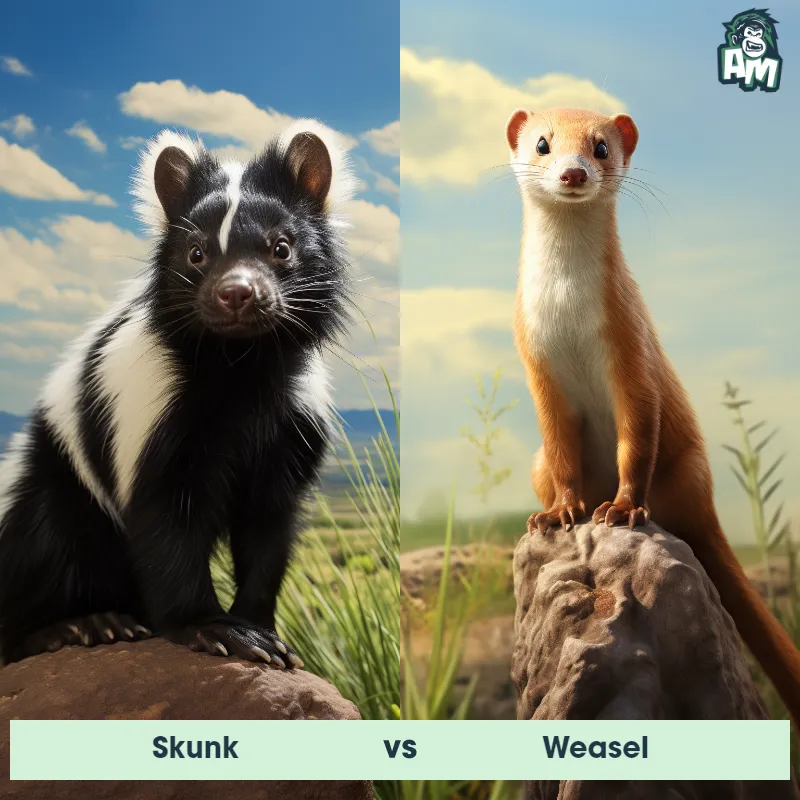Bobcat vs CaracalSee Who Wins

Ladies and gentlemen, welcome to this thrilling matchup between two fierce felines in the wild kingdom! We are here tonight to witness an epic clash between a Bobcat and a Caracal. These agile predators are ready to showcase their skills in this three-round bout for dominance. Let's get this contest underway!
Contender 1: Bobcat
The Bobcat, also known as Lynx rufus, is a medium-sized wild cat native to North America. They have short, reddish-brown fur with black spots and tufted ears. Bobcats are known for their distinctive short tails, which are only 5-6 inches long. They are solitary animals and are most active at dawn and dusk. Bobcats are skilled hunters and prey on small mammals, birds, and reptiles.
Fun Fact: Bobcats are excellent climbers and can easily scale trees to escape predators or hunt prey.
Contender 2: Caracal
The Caracal, also known as the African Lynx, is a medium-sized wild cat found primarily in Africa, the Middle East, and parts of Asia. It possesses a sleek and muscular body, standing about 40-50 cm at the shoulder, with a weight ranging between 13-20 kg. This agile predator is known for its distinctive tufted ears, which are long and black, and tipped with long white hairs. Its fur is typically reddish-brown or tawny, with a white belly and prominent black markings above its eyes, resembling smudged tears.
Fun Fact: The Caracal is a remarkable jumper and can leap to impressive heights, reaching up to 3 meters in the air from a stationary position, making it one of the highest-jumping animals in proportion to its body size.
Matchup Stats
| Bobcat | Caracal | |
|---|---|---|
| Size | 2-3 feet (0.6-0.9 meters) in length | 40-50 cm at the shoulder (16-20 inches) |
| Weight | 15-30 pounds (6.8-13.6 kilograms) | 13-20 kg (29-44 pounds) |
| Speed | Speed: 30 mph (48 km/hr) | 50mph (80km/h) |
| Key Strength | Powerful legs and sharp claws | Agility and powerful jumps |
| Biggest Weakness | Small size compared to other predators | Not particularly known for its strength in physical combat |
Current Votes
Bobcat vs Caracal
See Who Wins
View More Matches
Looking For More?
Similar Matches
Scientific Stats
| Bobcat | Caracal | |
|---|---|---|
| Scientific Name | Lynx rufus | Caracal caracal |
| Family | Felidae | Felidae |
| Habitat | Forests, deserts, suburban areas | Various habitats including savannas, woodlands, scrublands, and semi-deserts |
| Geography | North America | Africa, the Middle East, and parts of Asia |
| Diet | Small mammals, birds, reptiles | Mainly small to medium-sized mammals (such as rodents, hares, and antelope), birds, and occasionally reptiles |
| Lifespan | 10 years - 15 years | 10 years - 15 years |
Key Differences between Bobcat and Caracal
- Facial markings: Bobcats possess distinct facial markings, such as white spots on the back of their ears and white patches on their cheeks, while the Caracal displays solid facial coloration without these markings.
- Habitat range: Bobcats are native to North America, including parts of southern Canada, the United States, and Mexico, whereas Caracals are commonly found in Africa, the Middle East, and parts of Central Asia.
- Size: The Bobcat is typically smaller, measuring between 26 to 41 inches in length and weighing about 15 to 30 pounds, while the Caracal usually has a larger body size, ranging between 30 to 40 inches in length and weighing around 20 to 40 pounds.
- Tail length: Bobcats have relatively short tails, measuring around 4 to 8 inches and usually with a black tip, whereas Caracals' tails are longer, reaching lengths of 8 to 12 inches, also with a black tip.
- Ear tufts: The Bobcat is distinguished by its prominent ear tufts, which are short and often more visible, while the Caracal has longer tufts that are quite pronounced and can reach up to 1.5 inches in length.
- Coloration: The Bobcat usually has a coat color consisting of a mix of brown, gray, and black, patterned with spots and bars, while the Caracal's coat is typically uniformly reddish-brown or sandy-yellow, with lighter underparts.



